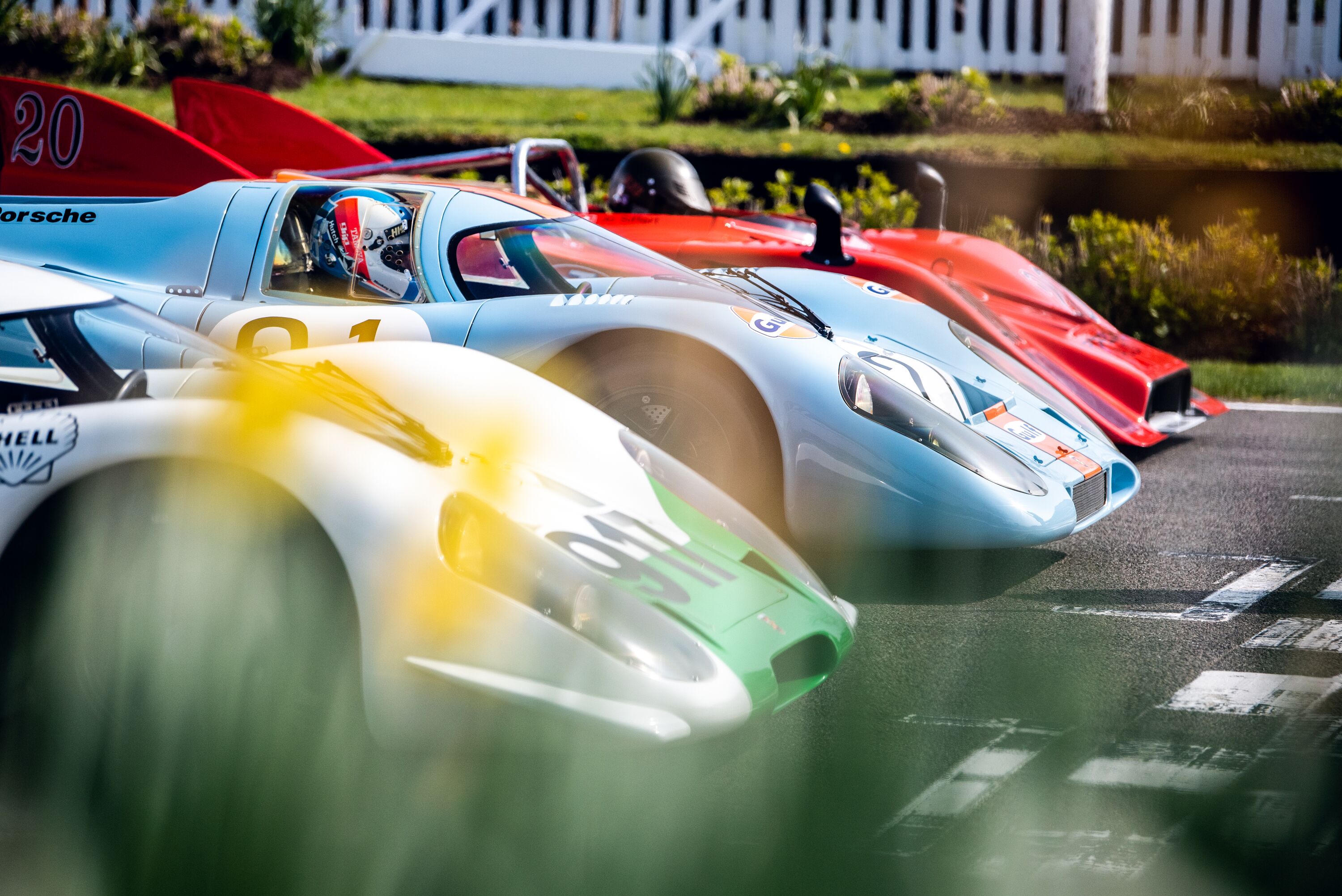Your guide to 1940s Revival fashion
The 1940s was a decade shaped by war in every way, and the fashion of the time was no exception. From 1st June 1941 until 15th March 1949, clothes in Britain were rationed so materials and manpower could be channelled into the war effort. Frills and flounces were out, utility and austerity in.

Tailoring was economical due to necessity but the 1940s silhouettes became iconic and gave women freedom they hadn’t had before. Nipped in waists, narrow skirts ended just below the knee and short sleeves replaced longer ones. Silk, used for parachutes, was banned from use in dressmaking and shoes had a maximum two-inch heel.
In 1941 the Board of Trade introduced the CC41 label, meaning controlled commodity (known more commonly as civilian clothing), a Government-controlled brand of utility clothing in a limited range of garments, styles and fabrics most often made from cotton or wool. The Government was convinced that fashion could help win the war and brought in leading fashion designers to design a prototype range that was a huge hit and was even featured in Vogue. Couture designers followed suit, also abiding by the CC41 codes.
While these measures helped, they weren’t enough. In 1943 the Board of Trade launched its Make-Do-and-Mend campaign. People were encouraged to be creative and make clothes last longer by mending, altering, knitting and creating new pieces with old materials. Wedding dresses were made from parachute silk, bridesmaid’s dresses from curtains, and children’s coats made from old blankets. In the Imperial War Museum, there’s even a bra and knickers set made from RAF silk maps for Countess Mountbatten.
While it's easy to say that the decade falls neatly into two, with fuller silhouettes becoming popular in the second half of the decade, it wasn’t until Dior’s New Look of 1947 that fashion saw an overtly feminine bell-shape skirt flaring out from a tightly cinched waist, which celebrated the romantic styles of the past. “People were very excited by this flamboyant New Look that celebrated austerities coming to an end,” says Sue, Goodwood's former Theatrical and Costume Curator. But it was a silhouette that corseted women after a decade of relative freedom, in their home lives, work lives as well as sartorial choices.”
What to wear for an authentic 1940s look for women
Restrictions mean the 1940s can sound drab, but colourful shirt dresses by Normal Hartnell were a breath of fresh air among the brown and beige of uniforms. “They were done specifically to lift morale and make people understand that it was ok to have some fun and dress up,” says Sue. Utility dresses were extremely common – and accessories with colourful headscarves – recognisable by their front-gathered skirts and shirt-waist tops.
Women also wore tailored wool suits. They would have been simple and fitted, with boxy shoulders, a slim-belted waistline, and a hemline below the knee with an angled hat to complete the outfit. Slacks were fashionable too, although more of a city look. “The whole thing about the ‘40s was that the detail went into the tailoring because they couldn't use much fabric, and they were restricted by how many pockets they could put on that kind of thing,” says Sue. “So they would use little tiny details on the cuff or a little velvet detail on a button or pocket. It was very trimmed and pared-down; they would put the details in clever ways without using fabric. I've got some suits in my collection that demonstrate that beautifully.”
If you’re looking for an authentic 1940s look for Goodwood Revival – or indeed, any fun outing you have planned – make sure you carefully look at the details of what you are buying. Pleats and ruching were banned and there were restrictions on elastic (only allowed for women’s knickers), seams, zips and buttons. But above all, don’t forget your hat!

What to wear for an authentic 1940s look for men
From the RAF aircrew who would have called Goodwood home – it was known as RAF Westhampnett from July 1940 to May 1946 and a Battle of Britain station – to army privates and naval officers, most men cut a dashing figure in uniform during the 1940s, and it’s a reliable go-to if you’re short on inspiration. Smartness and presentation are key for this look, as is a short back and sides.
“There were a lot of restricted professions in civvies,” says Sue. “A classic country look would have been a traditional three-piece suit and check or paisley tie and cloth cap.” Some of the most unpopular austerity regulations applied to men’s clothing. Suits with high-waisted, wide-legged, tight-cuffed, pegged trousers, and a long double-breasted coat with wide lapels and wide padded shoulders – were popularised by jazz singers in the late 1930s and into the 1940s – and are fun if you can find one. But austerity banned their excesses, and they are hard to come by.
“Generally speaking, single-breasted suits replaced double-breasted suits, lapels had to be within a certain size, the number of pockets were restricted and trouser turn ups abolished,” says Sue. Braces are a vital element to any men’s 1940s look: both zip fasteners and elastic waistbands were also banned under the austerity regulations.

Where to buy vintage 1940s clothes
Most men and many women were in uniform during the war, and Goodwood is proud to host Go Commando’s Philip Amery in the vintage market. “Look at the labels to see if it’s authentic. Another way of telling is by looking at the buttons. If something is from WWII then it should have the King’s crown on, rather than the Queen’s,” he says. “At Goodwood American Jeeps ferry people around. If you are looking for a similar flying jacket then it’s worth knowing that the originals would have had buttons not zips.”
Sue recommends the Kerry Taylor Auctions. “She has the most fabulous clothes, with full provenance.” The biannual Passion for Fashion sales include only the best examples of vintage, haute couture, contemporary showpieces, rare antique costume and luxury accessories.

Classic 1940s labels to look out for
“Because of the make-do and mend mentality of the 1940s, many things you’ll find from the 1940s are homemade,” explains Sue. That said, once Paris – formerly the undisputed leader of the fashion world – was cut off by the German occupation, a new crop of hometown designers blossomed. The Incorporated Society of London Fashion Designers was founded in 1942 and included Peter Russell, Norman Hartnell, Bianca Mosca, Digby Morton, Victor Stiebel, Elspeth Champcommunal and Hardy Amies. Edward Molyneux and Charles Creed joined soon after. They were commissioned by the Board of Trade to produce designs for stylish yet economical outfits that could be produced under the Utility scheme.
This year at the Revival, Dandy Wellington will lead the Vintage Style Not Vintage Values series of talks in the Revive and Thrive Village. Book your tickets now for a chance to meet his wonderful community of vintage icons.
Photography by Edd Horder and Jordan Butters.
Revival
Revival style









